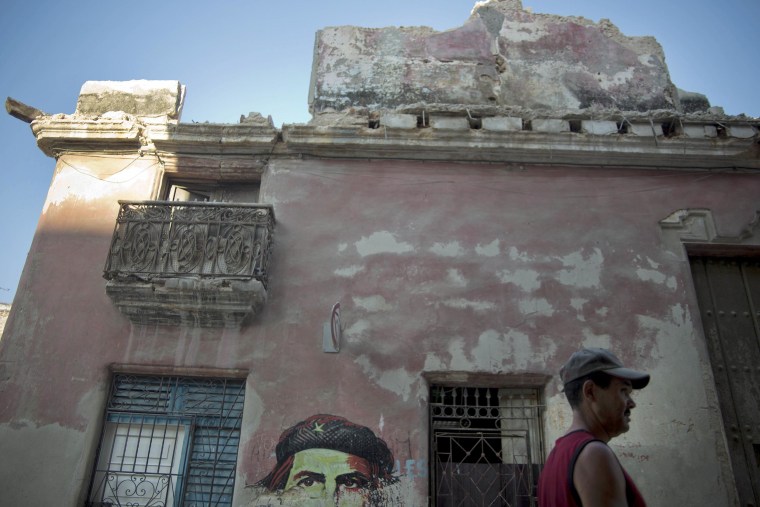Despite recent housing reforms, building collapses remain common in Cuba, where decades of neglect and a dearth of new home construction leave islanders in crowded structures at risk of falling down.
Hoping to stimulate home construction and maintenance, President Raul Castro legalized a real estate market for the first time in five decades. But that has had minimal impact on easing Cuba’s chronic suitable housing shortage.
"We are very worried. The housing situation is critical in Cuba," said Anaidis Ramirez, whose building collapsed in the densely populated Central Havana neighborhood Feb. 28. No one died but 120 families were displaced, some ending up in government shelters where they can be trapped for years.
Cuba, a country of about 11 million people, lacks around 500,000 housing units to adequately meet the needs of the island's citizens, according to the most recent government numbers from 2010. The housing deficit widens each year as more buildings fall further into disrepair.
In 2011, the year the real estate law took effect, 32,540 new units were built. The following year, it was 32,103.
Authorities also are handing over warehouses, former retail spaces and other underused buildings to be converted into housing. They also created construction subsidies for home repairs or expansion.
-- The Associated Press
